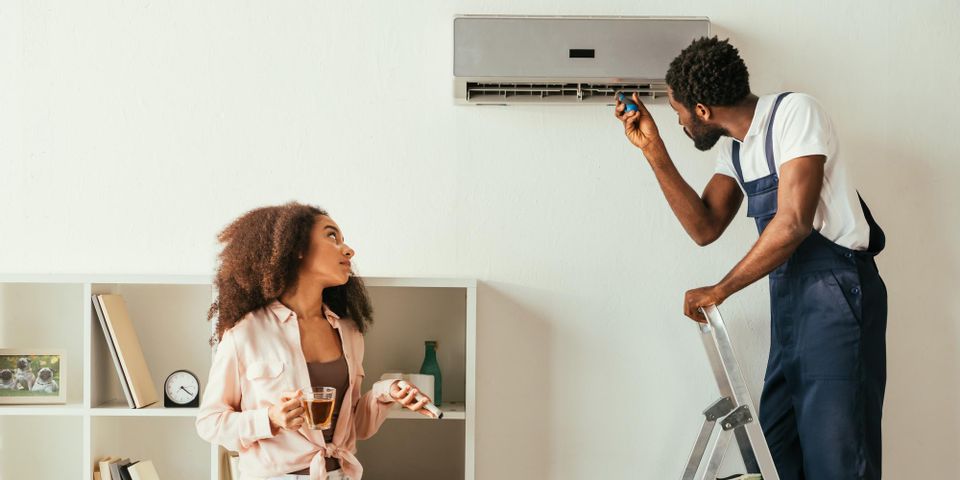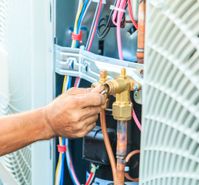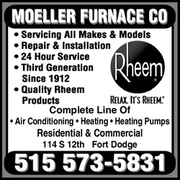
A condensate pump is an essential yet little-known part of an HVAC or refrigeration system. It is responsible for pumping the condensate water out of the system so you can safely drain it away. If you have any system that creates a buildup of water in your home or business, you should understand the purpose this pump serves and why your HVAC contractor should maintain it.
HVAC Contractor Guide to Condensate Pumps
How It Works
The pump has three main  components: the tank reservoir, the floating switch, and the pump itself. The condensate water collects inside the tank reservoir, which is typically a half-gallon or one gallon in size. The floating switch rises with the water level so that when it reaches a certain height, the switch activates the pump. The water is pumped up the tube and disposed into a drain or outdoors.
components: the tank reservoir, the floating switch, and the pump itself. The condensate water collects inside the tank reservoir, which is typically a half-gallon or one gallon in size. The floating switch rises with the water level so that when it reaches a certain height, the switch activates the pump. The water is pumped up the tube and disposed into a drain or outdoors.
Once the water drains and the float switch reaches a lower level, the pump will turn off. Many systems have a safety switch, which will turn the pump on if it originally failed to turn on and the water reaches a higher level. Larger systems may collect the condensation, then pump it into a treatment area for reuse.
Why it’s Necessary
A system that creates condensation requires a condensate pump, and your HVAC contractor should test that pump’s function at least once a year. If it doesn’t do its job, the water will overflow. This issue will flood the system and can destroy it and cause water damage in your building. As a result, the pump is key to safe and efficient system function.
The HVAC contractor at Moeller Furnace Co. has years of experience working on condensate pumps in the Fort Dodge, IA, area. This family-owned and -operated contractor is equipped to service both commercial HVAC and residential HVAC systems. Their full range of services includes installation, maintenance, and repairs to keep your building comfortable as efficiently as possible. Learn more on their website and call (515) 573-5831 for a free estimate.
About the Business
Have a question? Ask the experts!
Send your question

